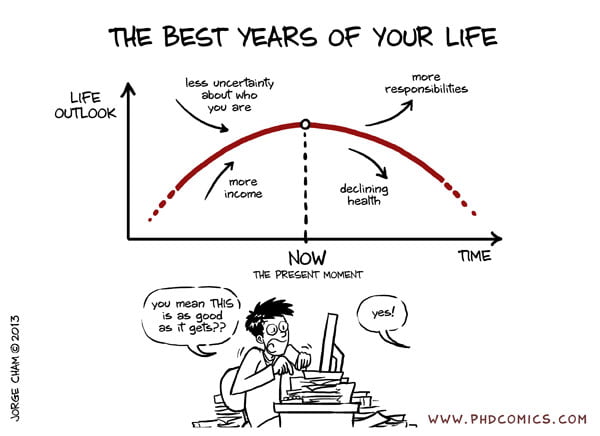Six Supply Chain and Logistics Trends for 2023
The last several years have made a mockery of many predictions. The economy didn’t tank. The mid-term election wasn’t a wipeout. There wasn’t a carrier “Armageddon.”
Those years have also made a mockery of many supply chain and logistics strategies and services. A number of macroeconomic and geopolitical challenges, as well as significant learnings about risk and disruption, are setting shippers and logistics service providers (LSPs) down different paths in 2023 and beyond.
Looking at research and analysis combining economic, demographic and industry insight, six significant trends have emerged for 2023.
Logistics Trends for 2023
- Cost containment. High inflation and the Federal Reserve Bank’s efforts to get it under control shaped much of the C-suite’s thinking in 2022 and will continue to do so in 2023. For most companies, cost containment (as opposed to growth) will be the top priority in 2023, and the supply chain will be under intense scrutiny as everyone tries to get costs under control.
Given the softening demand for all modes of transportation, shippers and LSPs will have the opportunity to take advantage of newfound excess market capacity. They will also be able to move to less expensive transportation modes where there is little-to-no impact on business performance.
From strategic sourcing to rate shopping and alternate mode selection, shippers and LSPs will look to reset their strategies and supporting technologies to take advantage of rapidly evolving transportation market conditions. Shippers, however, won’t be looking only at carriers; they will also be looking at customers and customer service policies, which are a big driver of transportation costs. Numerous strategies and tactics can be applied to either reduce transportation costs or increase transportation-related revenue. - Global supply chain rebalancing.








